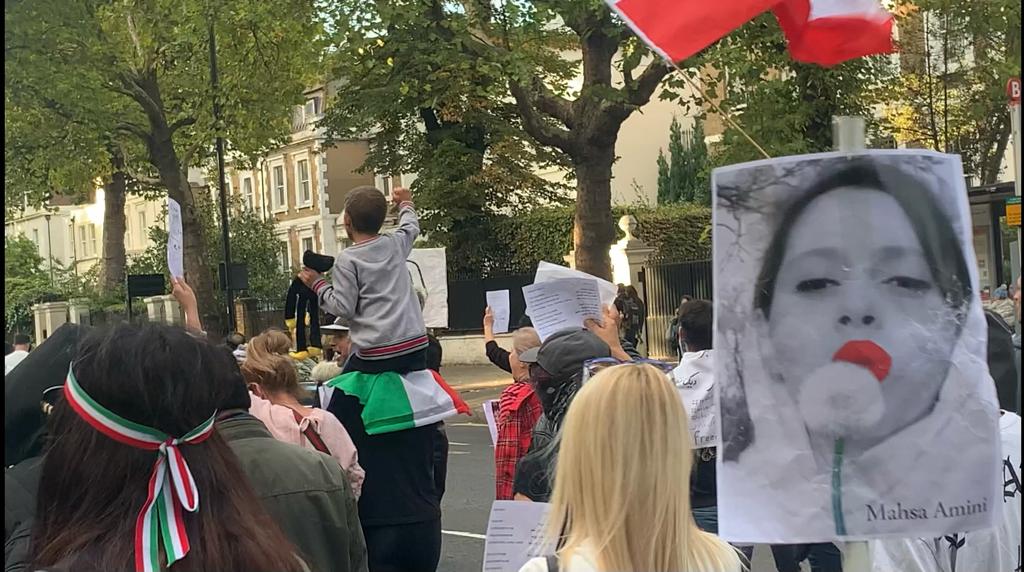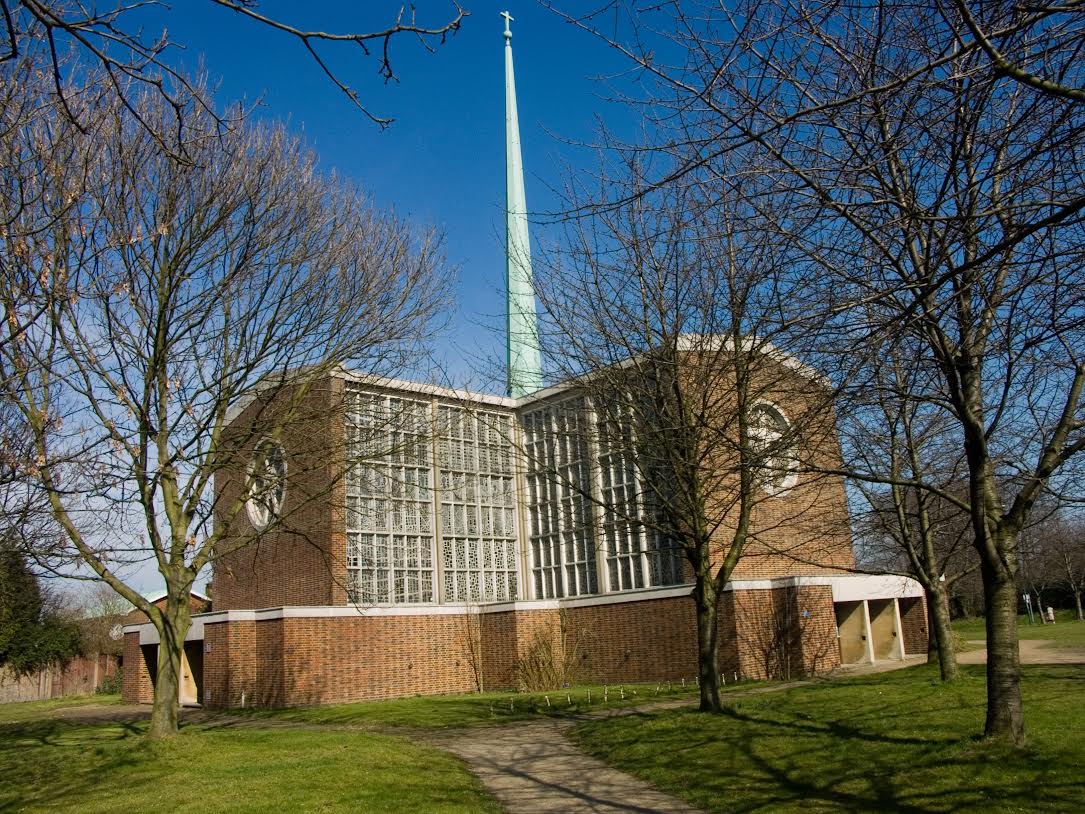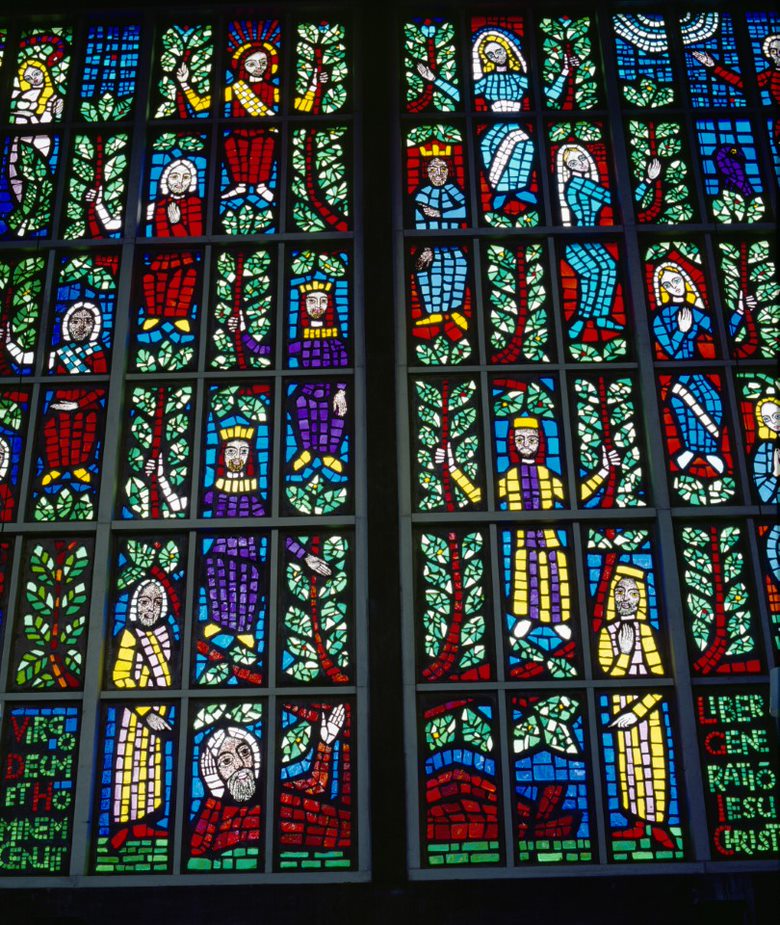When reading and trying to understand the lessons of Laudato si’, I suspect that relatively few of us would reflect on its links with A.W.N. Pugin’s magnificent reimagining of the Gothic in the many churches he designed, the soaring Byzantine splendor of Westminster Cathedral or the wonderful abstract play of light in the remarkable Liverpool Metropolitain Cathedral. The emphasis of Laudato si’, on first reading, appears to be on climate change, bio-diversity and the natural environment more generally. But Pope Francis’s 2015 encyclical has many other dimensions. One of these dimensions is the built environment, including the Church’s heritage.
Laudato si’ discusses at length the problem of a “throwaway culture” and also our relationship with creation. We should, likewise, appreciate the beauty of the buildings in which we worship, and we should care for them. As that document says: “Together with the patrimony of nature, there is also an historic, artistic and cultural patrimony which is likewise under threat. This patrimony is a part of the shared identity of each place and a foundation upon which to build a habitable city. It is not a matter of tearing down and building new cities, supposedly more respectful of the environment yet not always more attractive to live in. Rather, there is a need to incorporate the history, culture and architecture of each place, thus preserving its original identity. Ecology, then, also involves protecting the cultural treasures of humanity in the broadest sense.”
Our own Bishops in England and Wales have issued their own document on the environment, The Call of Creation. And this calls for education to “take place in schools, families, and seminaries and it should involve education in aesthetics that directs our attention towards the permanence of beauty rather than the temporary appeal of the disposable”.
All this relates to my own work with the Patrimony – or heritage – Committee of the Bishops’ conference of England and Wales. I assist the bishops and our dioceses in the management of their historic churches. As churchgoers and parishioners, it is vitally important that we care for that heritage and the first stage in caring for it is to appreciate its importance, its beauty and its place in our lives of faith.
The Catholic Church in England and Wales has more than 750 listed churches out of around 2,800 church buildings. You can find details of them – listed and unlisted – on the Taking Stock website.
But what is patrimony and heritage? How do we define it? In terms of our work in the Bishops’ Conference, we really use it to mean the cultural heritage of the church – historic buildings but also objects, artworks, artefacts and furniture. Pope Francis’s definition of patrimony in Laudato si’ is broader and more inclusive.
It is vital that we should appreciate and care for our heritage which is intrinsically bound up with our culture and history as Catholic communities. So often, however, given the practical challenges that parishes and dioceses face, we can think of our heritage (and especially our buildings) as burdens. There are many challenges experienced by colleagues in our diocesan property teams and by architects, parish priests and volunteers who are caring for our church buildings. There are decisions to be made regarding adaptation and retrofitting, and rules and regulations that must be followed. Above all, there are challenges when it comes to funding repairs to our historic churches – the costs of which often far outstrip the fundraising abilities of individual parishes.
Just as Pope Francis challenges us not to regard the natural environment as a burden, but a thing of beauty that must be cherished, we must think the same way about our built heritage. Holding our buildings up as problems for the communities that care for and worship in them hinders us from properly protecting our treasures.
We are duty bound – both in a secular sense, and by our faith – to protect these places, and education and formation is key to ensuring that this happens. A good start is to try to broaden our understanding of beauty to include things that are admirable and innovative or perhaps where the craftsperson has a remarkable skill – even if, subjectively, we do not like the outturn. Often further study of a building that is not obviously beautiful leads us to understand different dimensions of its beauty.
In particular, mid-20th-century buildings often divide opinion, including the one used to illustrate this article. Our Lady of Fatima in Harlow is a Grade II listed concrete and brick conduction with a tall spike of a spire, that now desperately needs repair. It would be easy to see this building as a burden, but it holds remarkable treasures such as its jewel-like Dalle de verre windows, above. These windows tell stories that are a powerful tool for teaching and formation for people of all ages. This does not diminish the very real practical needs of the parish community in terms of repairing the church, but perhaps it does inspire a love for the heritage of the church in the next generation as a building to be cherished rather than a building to be thought of as a burden.
The importance of education and conversion in relation to the ecological crises runs parallel to the challenge of education in relation to caring for our heritage. In both cases, there is a need for personal conversion within church communities moving away from consumerism, and towards an appreciation of what is lasting and beautiful and what will outlive us and can be passed on to the next generation.
At the Farm Street Jesuit Church, we set up a Pietre Vive or Living Stones group. Pietre Vive is an international mission of the Jesuits and there are about 40 of these communities worldwide. The group meets weekly – alternating between prayer and reflection on scripture and some intellectual formation on theology, Church history or architecture. We aim to educate young adults about the history and symbolism of the Church. Not everyone has access to a church in central London such as Farm Street, but could we find ways in our own situation (even if only in our social groups and families) to pass on an appreciation of Church heritage and its sacred and cultural significance? We can start by entering the Church and contemplating what surrounds us in a prayerful way. Although it was only a small section of both Laudato si’ and our own bishops The Call of Creation, it would be a worthy fruit of those documents if it led us to better integrate our spiritual lives, our care for our heritage and our care for each other.
Josephine Warren is Senior Policy and Research Analyst and Historic Churches Adviser at the Catholic Bishops’ Conference of England and Wales.




 Loading ...
Loading ...
What do you think?
You can post as a subscriber user ...
User comments (0)